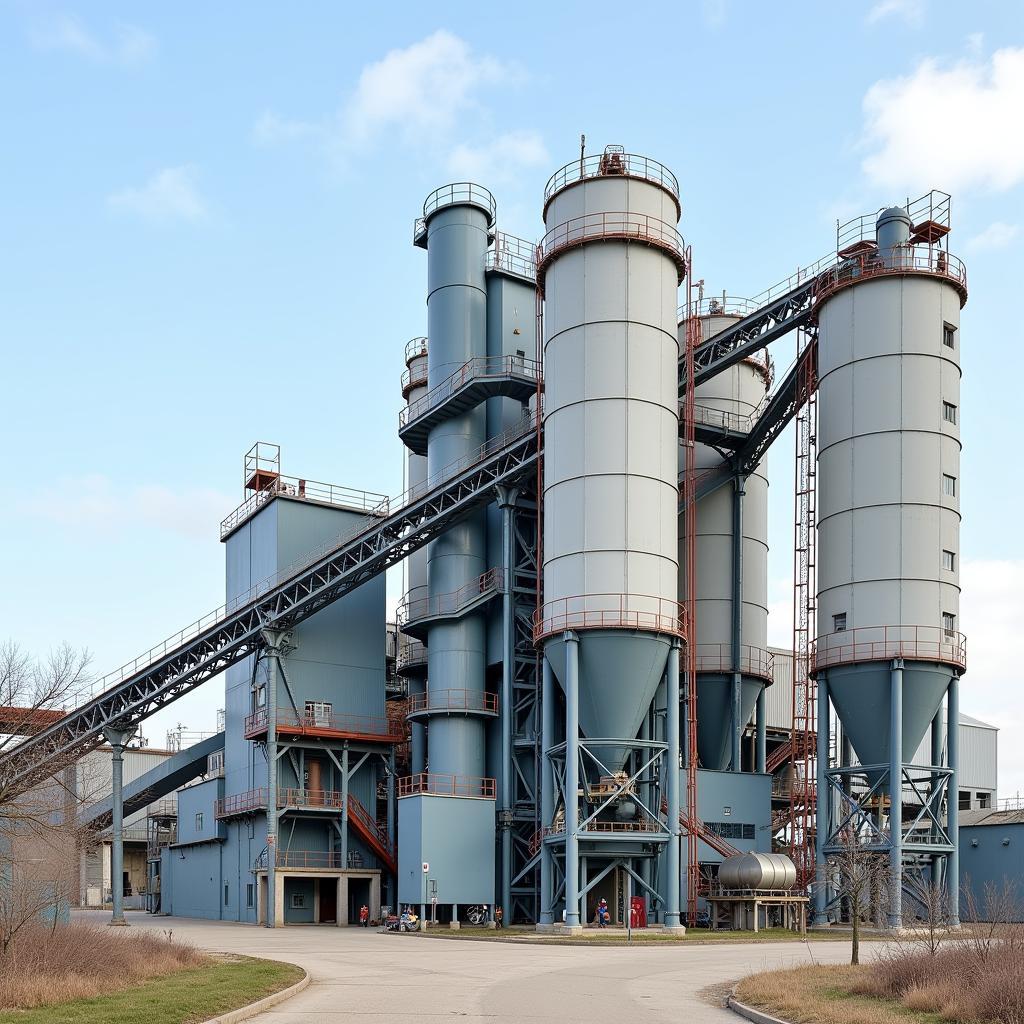In recent IELTS speaking tests, topics related to construction materials and processes have become increasingly common. Understanding how to effectively discuss cement and concrete manufacturing can help you demonstrate both technical knowledge and English fluency. Similar to describe a challenging work or school project, this topic requires clear organization and specific vocabulary.
Part 1: Introduction Questions and Sample Answers
Common Questions:
- Have you ever seen how cement is made?
- What do you know about concrete construction?
- Are there many concrete buildings in your city?
Sample Answer (Band 8-9):
“While I haven’t personally witnessed cement production, I’m quite familiar with the manufacturing process. It involves crushing limestone and clay, then heating these materials in massive kilns. In my city, concrete structures are predominant in the urban landscape, particularly in the business district.”

Part 2: Cue Card
Topic:
Describe a construction process you are familiar with
- What the process is
- How you learned about it
- Why it’s important
- And explain how it works
Just as describe a time when you learned a new skill from a friend, this topic requires detailed explanation and personal experience.
Sample Answer (Band 8-9):
“I’d like to talk about the process of making concrete, which I learned about during my civil engineering studies. The process is fundamentally crucial to modern construction and involves several key steps.
First, cement production begins with limestone extraction and crushing. These materials are then blended with clay and heated to extremely high temperatures – around 1450°C – in rotary kilns. This creates cement clinker, which is then cooled and ground into fine powder.
To make concrete, this cement is mixed with specific proportions of water, sand, and aggregates. The chemical reaction between cement and water, called hydration, creates a binding paste that hardens over time. The precise ratios of these ingredients are carefully calculated to achieve the desired strength and workability.
What fascinates me most is how this relatively straightforward process creates a material that’s literally the foundation of modern infrastructure. From skyscrapers to bridges, concrete’s versatility and durability make it indispensable in construction.”
Part 3: Discussion Questions
Sample Questions and Answers:
Q: How has concrete construction changed over the years?
Answer (Band 8-9):
“The evolution of concrete construction has been remarkable. Modern techniques now incorporate advanced additives and sophisticated computer modeling to optimize mix designs. We’ve also seen the emergence of sustainable practices, such as using recycled materials and developing low-carbon alternatives.”
As with describe a time you felt very tired but satisfied, discussing construction processes requires both technical knowledge and personal insight.
Key Vocabulary and Expressions
Technical Terms:
- Aggregate: (n) /ˈæɡrɪɡət/ – materials like sand, gravel used in concrete
- Hydration: (n) /haɪˈdreɪʃən/ – chemical reaction between cement and water
- Clinker: (n) /ˈklɪŋkər/ – intermediate cement product
- Curing: (n) /ˈkjʊərɪŋ/ – process of maintaining moisture for concrete hardening
Useful Phrases:
- To proportion materials
- To achieve optimal strength
- To monitor the setting process
- To ensure quality control
Examiner’s Tips
- Use specific technical vocabulary appropriately
- Demonstrate understanding of processes through clear sequencing
- Include personal observations and experiences
- Structure your answer logically with clear transitions
- Support main points with relevant examples
Remember to practice these patterns and vocabulary to develop fluency and confidence in discussing construction-related topics.